In today’s data-driven landscape, businesses are continually seeking ways to gather, analyse, and leverage data to inform strategic decision-making. Two key platforms that have become instrumental in providing such analytics are Zendesk and Intercom. With their comprehensive data tools, these platforms offer invaluable insights into customer behaviour and business performance. By integrating analytics from these tools, organisations can significantly enhance customer interactions and achieve favourable business outcomes.
Zendesk and Intercom are renowned for their robust customer relationship management capabilities. They facilitate communications, support, and insights from customer interactions, which can ultimately foster improved client satisfaction and loyalty. However, the true transformative power of these platforms emerges when businesses integrate their analytics capabilities. Here, strategic insights are drawn, enabling companies to move beyond surface-level customer support to deeply informed business strategies.
Improved Customer Interactions
Effective customer interaction is a critical benchmark for business success. Analysing customer data from Zendesk and Intercom can highlight patterns, preferences, and pain points, which are pivotal for tailoring interactions. These platforms collect data from emails, messaging, phone calls, and live chats, aggregating it into a comprehensive format for analysis.
Through integrating Zendesk analytics, for instance, a business can track key performance indicators such as average response times, customer satisfaction scores, and ticket resolution efficiency. This data helps in identifying strengths and areas for improvement within customer service teams. Companies are thus able to streamline operations, reduce response times, and ultimately enhance customer satisfaction.
Intercom, on the other hand, excels with behavioural insights. Its analytics feature tracks in-app activities, enabling businesses to understand customer engagement on a granular level. By merging this behavioural data with customer feedback, companies can personalise communications, foresee customer needs, and customise their offerings, leading to enriched user experiences and lasting relationships.
Strategic Business Insights
The strategic use of analytics seeks to bridge the gap between customer interactions and long-term business outcomes. By understanding data patterns through Zendesk and Intercom, businesses can make more knowledgeable decisions regarding product development, marketing strategies, and sales techniques.
For instance, analytics might reveal that a particular feature of a product or service consistently receives poor feedback or frequent support tickets. This insight prompts strategic changes, from product adjustments to targeted tutorials. Moreover, understanding peak interaction times from these analytics tools can inform staffing schedules and resource allocation, ensuring optimised customer support.

Real-world examples further validate the benefits of using analytical tools like Zendesk and Intercom. Consider Airbnb, which leverages Zendesk’s analytics to streamline its customer service operations, leading to higher efficiency and enhanced guest satisfaction. Meanwhile, Intercom’s ability to track user interactions and engagement allowed Slack to iterate product features based on user data, subsequently boosting usage rates.
Measuring Business Outcomes
Beyond improving customer interactions and providing strategic insights, the integration of Zendesk and Intercom analytics can directly measure business outcomes. Companies can create dashboards to track performance metrics against business objectives, offering a clear overview of progress and areas needing attention.
For example, analytics can be employed to measure the efficacy of a new marketing campaign by tracking customer acquisition costs, conversion rates, and lifetime value from customer data. By understanding these key metrics, businesses can adjust their marketing budgets, ensuring that resources are optimally allocated for maximum return on investment.
Moreover, today’s competitive edge is not just about having data but demonstrating how quickly that data can be translated into action. The analytics provided by these tools help create timely, actionable insights, enabling businesses to be agile in their approach to market changes and customer demands.
Conclusion
The integration of analytics from Zendesk and Intercom provides businesses with a robust framework for customer interaction and strategic decision-making. By utilising the insightful data from these platforms, companies can support all facets of their operations—from customer service and product development to marketing and sales.
As the business landscape continues to evolve, the need for precise data insights becomes indispensable. These analytics not only offer retrospective analysis but also present predictive insights, guiding the way for proactive decision-making strategies aimed at sustainable growth and success.
To truly harness the potential of your data, it’s crucial to partner with experts who understand the nuances of integrative analytics. Explore how Pineo can offer tailored solutions, from comprehensive integrations to insightful data interpretations, driving strategic business advancements to power your company into the future.





